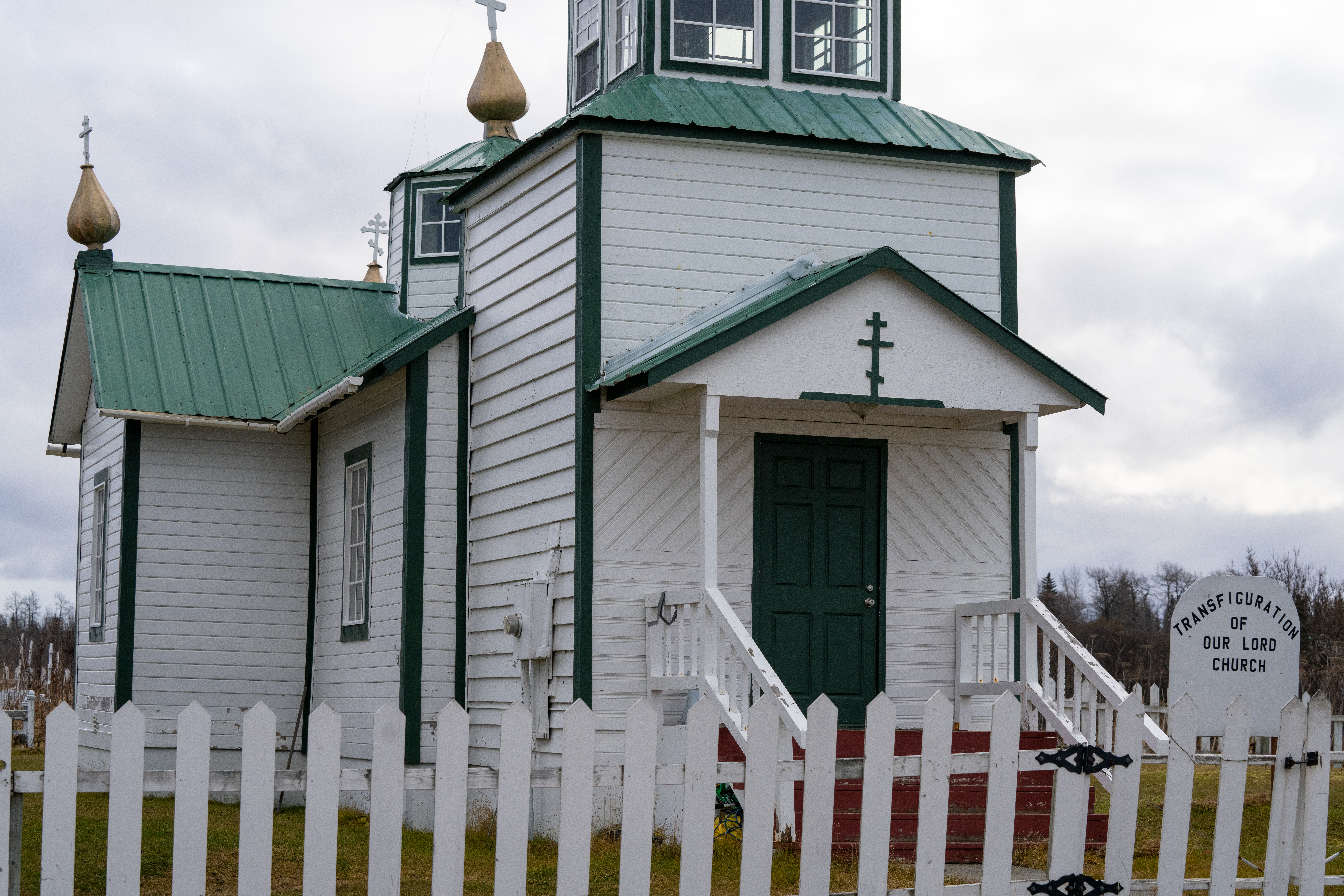Up-and-Coming Project Celebrates Ninilchik Tribe’s Distinct Culture and History

More than a museum, the Q’eschił Heritage Center will encompass tangible heritage (arts and crafts, artifacts), intangible heritage (language, music, spiritual traditions) and natural heritage (plants and animals, the land and ecosystems). It’s a lofty endeavor, but one the Ninilchik Traditional Council (NTC) is eager to undertake.
“The model for our center is primarily to be a nation-led, curated and directed institution that celebrates our people using our own voice and conventions, which are not accurately conveyed through popular and academic regionalisms,” said CIRI Shareholder Argent Kvasnikoff (Dena’ina Athabascan and Alutiiq), who serves as the center’s planning director.
The literal translation of q’eschił (pronounced kes-cheel) is “cloud lodge.” Four focus areas for the center have been identified:
- At the heart of the center will be a modern interpretation of a nichił—the semi-subterranean lodge from which the Ninilchik tribe derives its name—that will function as both a gathering space and sacred spiritual place.
- An outdoor pavilion with amphitheater-style seating will accommodate cultural demonstrations.
- Two exhibit areas will respectively house the center’s permanent collection and temporary exhibits.
- A lecture hall and classroom will provide space for conferences, classes and workshops.
“Traditionally, (the people of Ninilchik) have been Dena’ina Athabascan with some Aleut and Alutiiq and a significant Russian influence,” said CIRI Shareholder Ivan Encelewski (Dena’ina Athabascan), who serves as NTC’s executive director. “Because we’re so unique in our culture, and because there’s kind of a hodgepodge to it, we get an opportunity to help recreate it. We get an opportunity to tell our story, to have a place to encourage spirituality amongst our people, whatever that might be for them as individuals.”
“The center is exploring what it means to be and to have been a Niqnalchint person, which encompasses multiple cultures and races today,” Argent Kvasnikoff emphasized. “Tribal members, depending on their roots and families, call themselves different cultural terms. The idea is to show what unites us through our common geographical roots and using our earliest known name—Niqnalchint, or the traditional ethnonym ‘Nichiłt’ana.’”
Located 100 miles southwest of Anchorage, Ninilchik is one of seven Alaska Native Claims Settlement Act-designated villages in the CIRI region, though only about 15% of its residents are Alaska Native people. In 2019, the NTC moved to study the feasibility of a new museum for and about the people of the Ninilchik Village Tribe. What spurred this endeavor was the donation of a parcel of land located next to the Holy Transfiguration of Our Lord Russian Orthodox Church by CIRI Shareholder and NTC President Richard “Greg” Encelewski (Dena’ina Athabascan), on which the center will be built.
In late 2021, the NTC announced its request for qualifications for the architectural design and development of the campus of the Q’eschił Heritage Center, with responses due this spring. The center is currently slated to open in 2025.
“People talk about ‘Well, how many people lived here.’ And there’s a discussion about the barabaras, those shallow holes in the ground that had lodges built over them,” said Ninilchik tribal Elder and interpretive artist Marla Kvasnikoff. “And to see a cultural heritage center that is something above ground that our people can see, our young people can see, everybody else can see— it gives us a solidarity in our place in the world.”
For more information about the Q’eschił Heritage Center, visit qeschil.org.



